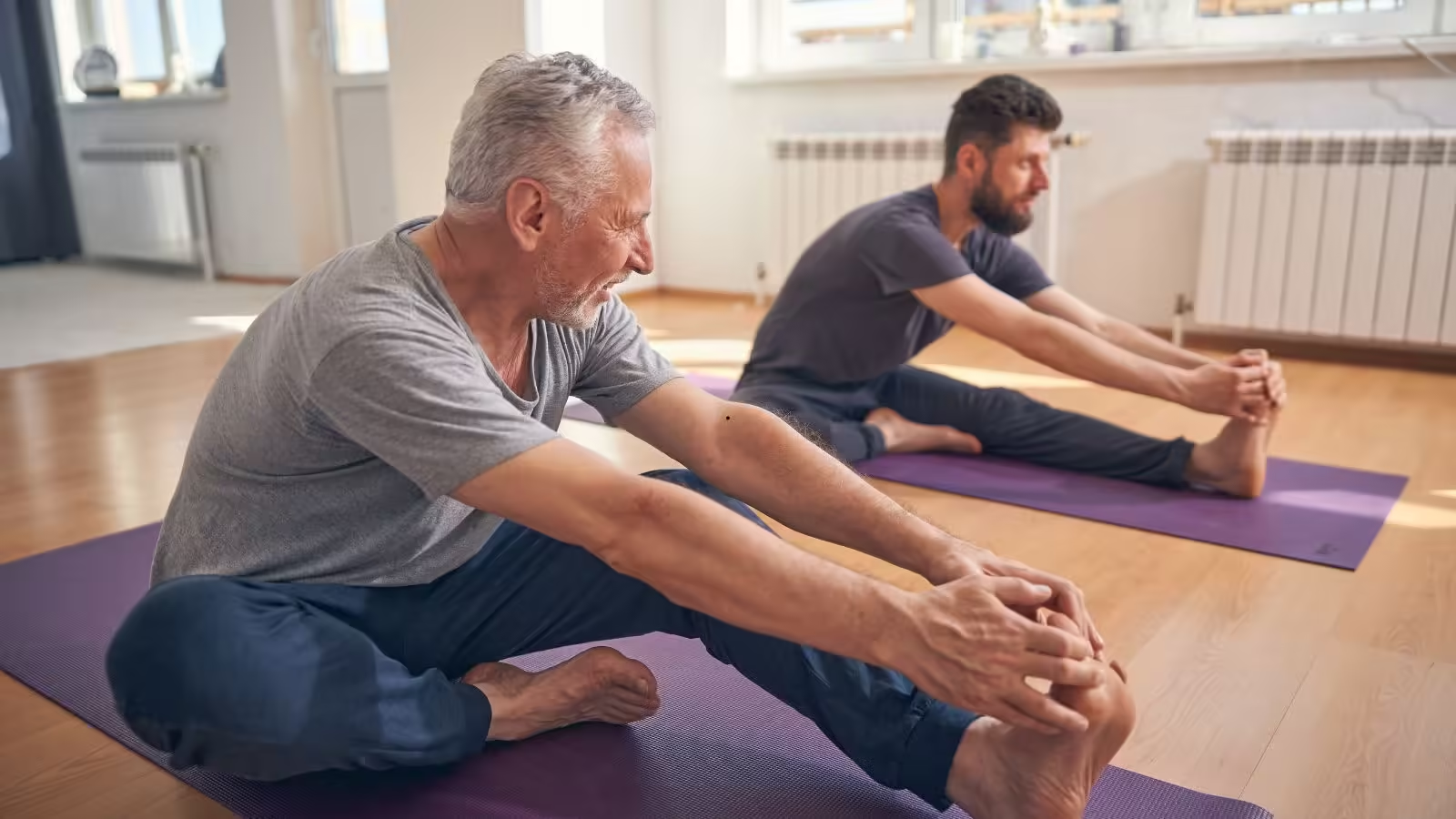Finding time to hit the gym can be a challenge. Fortunately, working out at home offers numerous benefits that can make fitness more accessible and enjoyable.
Convenience and Time Efficiency
No need to commute or wait for equipment. You can work out whenever you want, seamlessly fitting into your busy schedule.
Cost-Effectiveness
Say goodbye to expensive gym memberships. All you need is a few basic pieces of equipment, and you’re good to go.
Comfort and Privacy
Work out in a space where you feel comfortable. No need to worry about how you look or getting judged by others.
Flexibility in Scheduling
Whether you’re an early bird or a night owl, you can tailor your workouts to fit your personal timetable.
Personalization
You control your environment and routine. Customize your workouts to meet your fitness goals and preferences.
Getting Ready for Home Workouts
Before jumping into exercises, it’s essential to set the stage for a successful fitness routine.
Setting Up a Dedicated Workout Space
Choose a spot in your home where you can move freely. A clutter-free zone helps you stay focused and motivated.
Essential Equipment
Basic tools like a yoga mat, resistance bands, and dumbbells can enhance your workout. However, many exercises can be done with just your body weight.
Warm-Up and Cool-Down
Always start with a warm-up to prepare your muscles and finish with a cool-down to aid recovery. This helps prevent injuries and ensures you get the most out of your workout.
Staying Motivated
Creating a playlist, setting goals, and tracking progress can keep you engaged and consistent in your fitness journey.
10 Simple Exercises You Can Do at Home
Bodyweight Squats
Squats are excellent for building lower body strength. Stand with your feet shoulder-width apart, lower your body as if sitting in a chair, then rise back up. Variations like sumo squats and jump squats can add variety.
Push-Ups
Push-ups strengthen the upper body and core. Start in a plank position, lower your body until your chest nearly touches the floor, then push back up. Try knee push-ups or incline push-ups if you’re a beginner.
Plank
Planks engage multiple muscle groups. Hold a push-up position with your body straight from head to heels. Side planks and planks with leg lifts are great variations.
Lunges
Lunges target the legs and glutes. Step forward with one leg, lowering your hips until both knees are bent at about 90 degrees. Reverse lunges and walking lunges offer different challenges.
Glute Bridges
Lie on your back with knees bent and feet flat. Lift your hips towards the ceiling, squeezing your glutes at the top. Single-leg and elevated glute bridges add more intensity.
Tricep Dips
Use a sturdy surface like a chair. Sit on the edge, place your hands beside your hips, slide your butt off, and lower your body by bending your elbows. Floor dips are an alternative.
Bicycle Crunches
Lie on your back with hands behind your head. Bring your knees towards your chest and alternate touching each knee with the opposite elbow. Slow bicycle crunches can intensify the workout.
Wall Sits
Lean against a wall and slide down until your thighs are parallel to the ground. Hold this position. Challenge yourself with single-leg wall sits or hold weights for added resistance.
High Knees
Stand tall and run in place while lifting your knees as high as possible. This exercise boosts cardiovascular health. High knees with a twist can make it more engaging.
Mountain Climbers
Start in a plank position and alternate, bringing each knee to your chest quickly. This full-body exercise is great for strength and cardio. Cross-body mountain climbers increase the challenge.
Creating a Balanced Home Workout Routine
Combining different exercises ensures a comprehensive workout.
Full-Body Workouts
Include exercises that target various muscle groups to get a balanced workout.
Setting Goals
Define clear fitness goals and track your progress. This could be as simple as increasing the number of reps or holding a plank longer.
Modifying Based on Fitness Levels
Adjust the difficulty of exercises to match your fitness level. Beginners can start slow and gradually increase intensity.
Cardio and Strength Training
Integrate both cardio and strength exercises to maximize benefits. This combination improves overall fitness and helps in weight management.
Staying Motivated and Consistent
Consistency is key to achieving fitness goals.
Realistic Goals
Set achievable milestones. Small successes build momentum and keep you motivated.
Regular Schedule
Stick to a consistent workout schedule. This makes exercise a regular part of your day.
Accountability
Find a workout buddy or join an online community. Sharing progress and challenges can keep you accountable.
Rewards
Reward yourself for meeting goals. Whether it’s a new workout outfit or a relaxing bath, small rewards can be great motivators.
Variety
Mix up your routine to prevent boredom. Try new exercises or switch up the order to keep things interesting.
Conclusion
Working out at home can be both practical and enjoyable. You can maintain a healthy and active lifestyle by incorporating these simple exercises into your routine. Remember, it’s all about consistency and making fitness a part of your daily life.
FAQs on Home Exercises
How often should I do these exercises?
Aim for at least 3-4 times a week for optimal results.
Do I need special equipment for these exercises?
Most exercises can be done with minimal or no equipment.
Can beginners do these exercises?
Yes, these exercises are suitable for all fitness levels.
How can I make these exercises more challenging?
Increase reps, add weights, or try advanced variations.
What should I do if I experience pain during an exercise?
Stop immediately and consult a professional if needed.
Can these exercises help with weight loss?
Combined with a healthy diet, these exercises can aid in weight loss.
How long should my home workout sessions be?
Aim for 30-45 minutes per session.
Is it necessary to warm up before and cool down after exercising?
Always warm up and cool down to prevent injuries and aid recovery.
How can I stay motivated to exercise at home?
Set goals, track progress, and reward yourself.
Are these exercises suitable for people with injuries or medical conditions?
Consult your doctor before starting any new exercise regimen.



